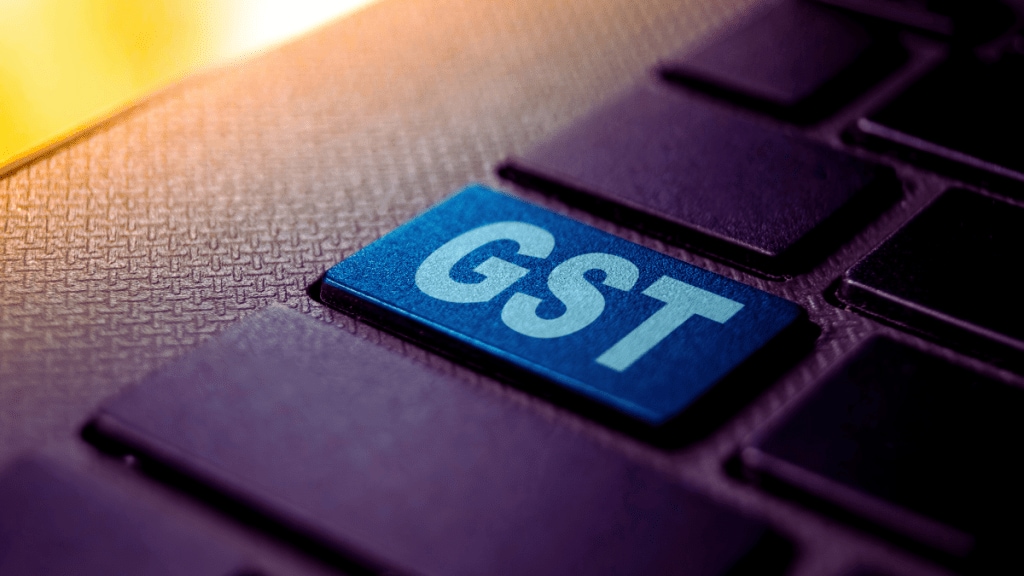By Rahul Renavikar
Last week, the Goods and Services Tax (GST) Council announced a new two-slab structure that will levy 5% and 18% for a vast majority of items. But the differential has raised cost fears for businesses in the form of an inverted duty structure. Rahul Renavikar explains how
What is inverted duty structure?
An inverted duty structure in a consumption tax system arises when the rate of tax on inputs is higher than that on the output. When the GST was implemented in 2017, there were many instances of inverted duty structure. The government in the intervening period did eliminate a few such cases. However, with the recent GST rate rationalisation leading to a difference of 13 percentage points between the lower rate and the middle rate, there is a strong possibility of an inverted duty structure arising in almost all commodities/services falling in the 5% tax slab (and where the input tax credit is allowed to be claimed). Sectors and segments like pharma, fast-moving consumer goods, bicycles, and kitchenware are examples where the rates on final products have been reduced to 5%. However, the GST rate on inputs, input services, and capital goods in these sectors remain at 18%. These sectors will be affected, assuming they will be allowed to claim input tax credits. If the 5% GST rate provides no option to claim input tax credit (largely the case in the pre-GST rate rationalisation era), then the entire GST paid on inputs, input services, and capital goods will turn into a cost.
How are businesses at a disadvantage?
The refund on account of an inverted duty structure is allowed only in respect of inputs; GST paid on input services and capital goods is not considered for refund. This has been practised under the GST law since it was brought into effect eight years ago. Trade and industry took the matter to court and a Supreme Court verdict ruled in favour of the revenue front.
So, unless this anomaly is rectified by amending the GST law to specifically include GST paid on input services and capital goods, businesses will likely take huge cost hits as both services and capital goods accrue 18% GST rate. They will end up with a non-recoverable GST, which will push up the cost of doing business. Also, from an overall tax revenue perspective, unethical practices such as dealings in cash, under-reporting of transactions, etc. may lead to an adverse impact. The arbitrage to evade taxes should be removed completely so as to ensure full compliance with the tax laws.
What then should the govt do?
If the government enforces a single-rate GST regime in the near future, it will solve the problem of inverted duty structure once and for all. However, if it doesn’t do so, the government should allow consideration of the GST paid on input services and capital goods for refund purposes. Following this step, it should ensure time-bound disposal of refund claims. While a system of automatic refund of 90% of the amount is in the works, time-bound payment of the remaining 10% should also be adhered to. Otherwise, businesses may face working capital blockages. Also, a single-window system for all the states should be designed, else a business having pan-India operations might end up filling as many refund claims as the number of states it is present in.
Are there risks in automatic refund?
In the past eight years post-GST, authorities have uncovered frauds relating to input tax credit claims running into lakhs of crores of rupees. While these are being investigated and not all the amounts have been recovered yet, introducing an automatic GST refund mechanism for businesses without foolproof checks and balances might turn out to be a risky proposition. Given all the digital advancements, the government may well be able to address such risks to a large extent and ensure that it does not end up complicating the refund process. While the proposal is to refund 90% of the amount immediately while retaining the remaining 10%, given the quantum of such transactions, even a 10% retention might run into lakhs of rupees. The lessons learnt from the investigations for detecting fake input tax credit claims could come in handy here, but then an opportunity is being provided to tax evaders to game the system. This fear itself has the potential to complicate the refund process.
What are the global practices?
There is no such automatic inverted duty structure refund in a country as big as or comparable to India. There are tourist refunds and other refund mechanisms in many countries, where eligible applicants are refunded after verifying submitted documents. But an automatic refund vis-à-vis inverted duty structure is extremely rare. Given the number of GST registrations, it is extremely strenuous to monitor and take quick action against culprits. In India, personal income tax refund is a seamless experience. However, obtaining consumption tax refund is far more complicated as it involves many taxpayers in the value chain and any discrepancy leads to rejection of the claim. Denying input tax credit to the buyer due to non-payment of GST by the seller to the government—even if the buyer has remitted full amount to the seller—is a classic case in point.
The author is managing director of Acuris Advisors Pvt Ltd.
Disclaimer: Views expressed are personal and do not reflect the official position or policy of FinancialExpress.com. Reproducing this content without permission is prohibited.

